Definition of 400G QSFP-DD Transceivers
QSFP-DD stands for Quad Small Form Factor Pluggable Double Density. What Double Density means? What’s the difference with the QSFP and QSFP28?
The 400G QSFP-DD Transceiver follows the same port densities system as the QSFP and QSFP28, but the QSFP-DD will support eight lanes instead of four lanes for the QSFP and QSFP28, which double the density.
Each of the eight lanes will operate a data rate up to 50Gb/s providing a 400Gb/s data speed and increasing the capacity of the QSFP28 by four. The 400G QSFP-DD MSA published that the size of the optical transceivers enables to put 36 ports in one switch slot, accumulating 14.4 Tbp/s in one slot.
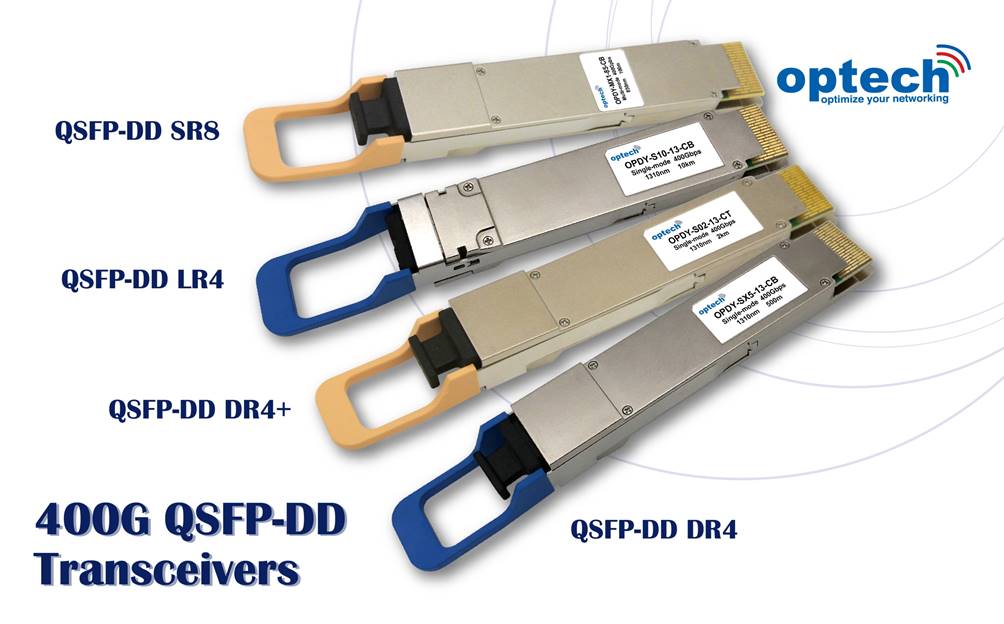
Multi-mode Transceivers
Multi-mode transceivers are the low cost transceivers. QSFP-DD SR8 use more expensive non-standard MPO connectors which cancel out some of the cost savings of the multi-mode transceiver.
400G QSFP-DD SR8
The 400G QSFP-DD SR8 transceiver supports connections of up to 100 meters over multi-mode fiber and uses MPO connectors. The wavelength is 850nm. It is compliant with the QSFP-DD MSA.
Single-mode Transceivers
Single-Mode transceivers are more expensive than multi-mode transceivers but they allow to reach longer distance.
400G QSFP-DD DR4
The 400G QSFP-DD DR4 transceiver supports connections of up to 500 meters over single-mode fiber and uses MPO connector. The wavelengths is 1310nm. It is compliant with the QSFP-DD MSA.
400G QSFP-DD DR4+
The 400G QSFP-DD DR4+ supports connections of up to 2 kilometers over single-mode fiber and uses MPO connector. The wavelengths is 1310nm. It is compliant with the QSFP-DD MSA.
400G QSFP-DD FR4
The 400G QSFP-DD FR4 transceiver supports connections of up to 2km over single-mode fiber and uses Duplex LC connector. The wavelengths is 1310nm. It is compliant with the QSFP-DD MSA.
400G QSFP-DD LR4
The 400G QSFP-DD LR4 transceiver supports connections of up to 10 kilometers over single-mode fiber and uses LC connectors. The wavelengths are 1296 to 1309nm. It is compliant with the QSFP-DD MSA.
Loopback Transceivers
The best solution for testing switches and servers ports is the passive electrical loopback transceiver. The loopback transceiver works by simulating the communication between two devices by transmitting the data (output) and receiving it (input).
400G QSFP-DD Loopback
The 400G QSFP-DD Loopback is a cost effective and high quality solutions to test 400G QSFP-DD transceivers ports.
Resume
| Technology | Standard | Optech Part Number | Features |
| Multimode | 400G QSFP-DD SR8 | OPDY-MX1-85-CB | 850nm, 100m, MPO |
| Singlemode | 400G QSFP-DD DR4 | OPDY-SX5-13-CB | 1310nm, 500m, MPO |
| 400G QSFP-DD DR4+ | OPDY-S02-13-CT | 1310nm, 2km, MPO | |
| 400G QSFP-DD FR4 | OPDY-S02-13-CB | 1310nm, 2km, LC | |
| 400G QSFP-DD LR4 | OPDY-S10-13-CB | 1310nm, 10km, LC | |
| Loopback | 400G QSFP-DD Loopback | OPQSDD-T-00-PXL |
About Optech
Optech is a leading company in developing and manufacturing Optical Transceivers and Cables solutions for Data Center and Telecom market. Since 2001, Optech has been offering accurate lead time and high quality products to customers.
Optech Technology Co. Ltd was founded in 2001 in Taipei, Taiwan. The company was created with a sole purpose, to provide a wide and high quality portfolio of optical products to a very demanding and fast evolving market.
To respond to the permanent increase of IP traffic, Optech portfolio is constantly growing. Since the beginning, the company has always been up to date with the latest innovations on the market. Today, we are proud to deliver a large selection of 25G SFP28, 40G QSFP+, 100G QSFP28 and 400G QSFP-DD optical transceivers and cables.
Optech has a large portfolio of products which include optical transceivers, direct attach cables, active optical cables, loopback transceivers, media converters and fiber patch cords.
Through its large selection of optical products, that have a range of data speed from 155 Mbps to 400 Gbps and reach distances up to 120km, Optech products are suitable for various industries such as telecom, data centers as well as public and private networks.
Optech also has a strong experience as an OEM supplier. We put our expertise and knowledge at the service of your brand.
To ensure the quality and the compatibility of our products, every product is carefully tested before delivery to our customers. In addition, Optech obtained several certifications such as UL, TUV Rheinland, ISO9001 and ISO14001 certification. All our optical transceivers are MSA and RoHS compliant.
At Optech, we value each and every customer. We know every demand is unique. For this reason, our team of experts is glad to answer all our customers’ specific demands.
Just like data, Optech has no boundaries and will optimize your network all over the world.
For more information you can visit www.optech.com.tw or contact us at sales@optech.com.tw.

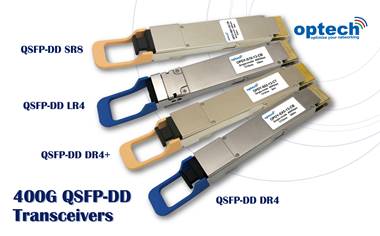

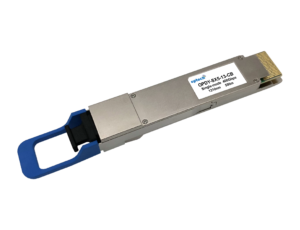
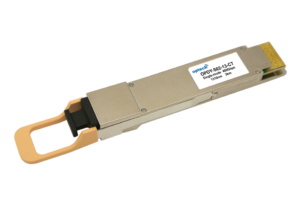

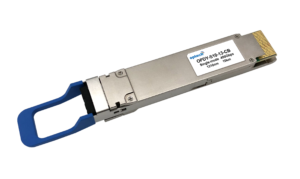
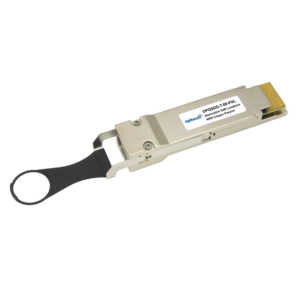
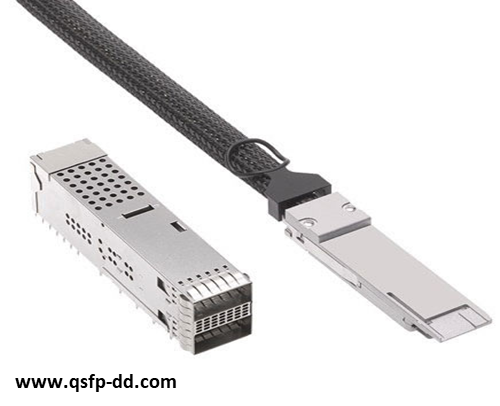
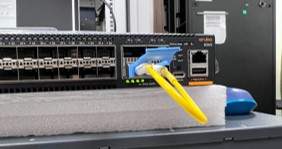
Dear Sir or Ma’am,
I’m a lay person who is trying to understand the amount of waste heat which can be produced by optical transceivers in data centers. Hopefully, you have a minute to clarify this. I’ve broken down the question as follows. Even partial answers would be great:
How many transceivers, for example 400G transceivers, are in a typical enterprise data center?
What is the approximate total power consumption of all 400G transceivers in a typical enterprise data center?
Or can I ask what the maximum power consumption level of the individual 400G transceivers would be? Is approximately 100 W correct?
Which part of the transceiver consumes the most power? The laser in the transmitter? Or the voltage to invert the optical phase?
Does an 85% power supply efficiency sound correct? If so, does that mean that 15% of the power will go lost and counts as waste heat?
Thank you!
Fenton Heirtzler